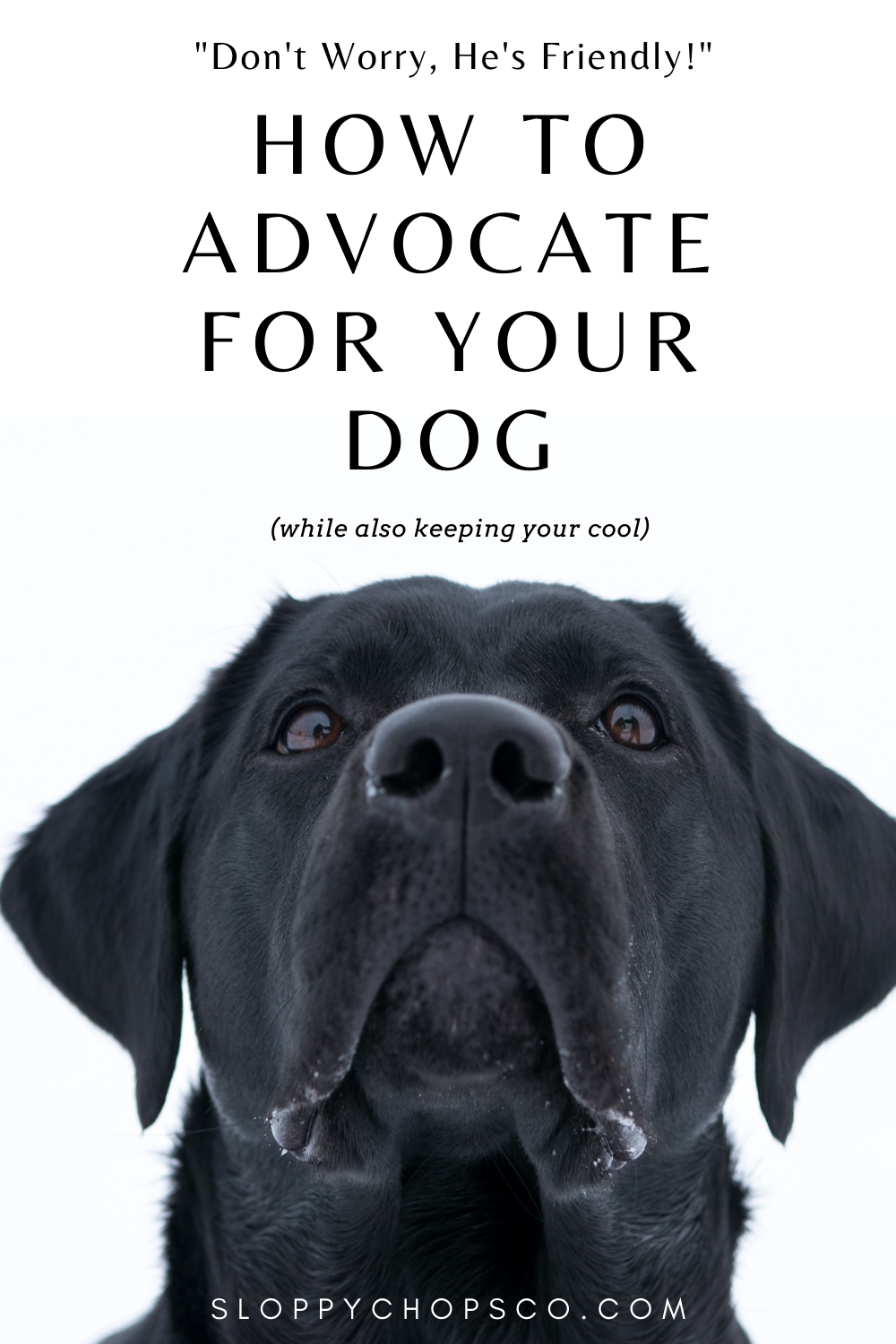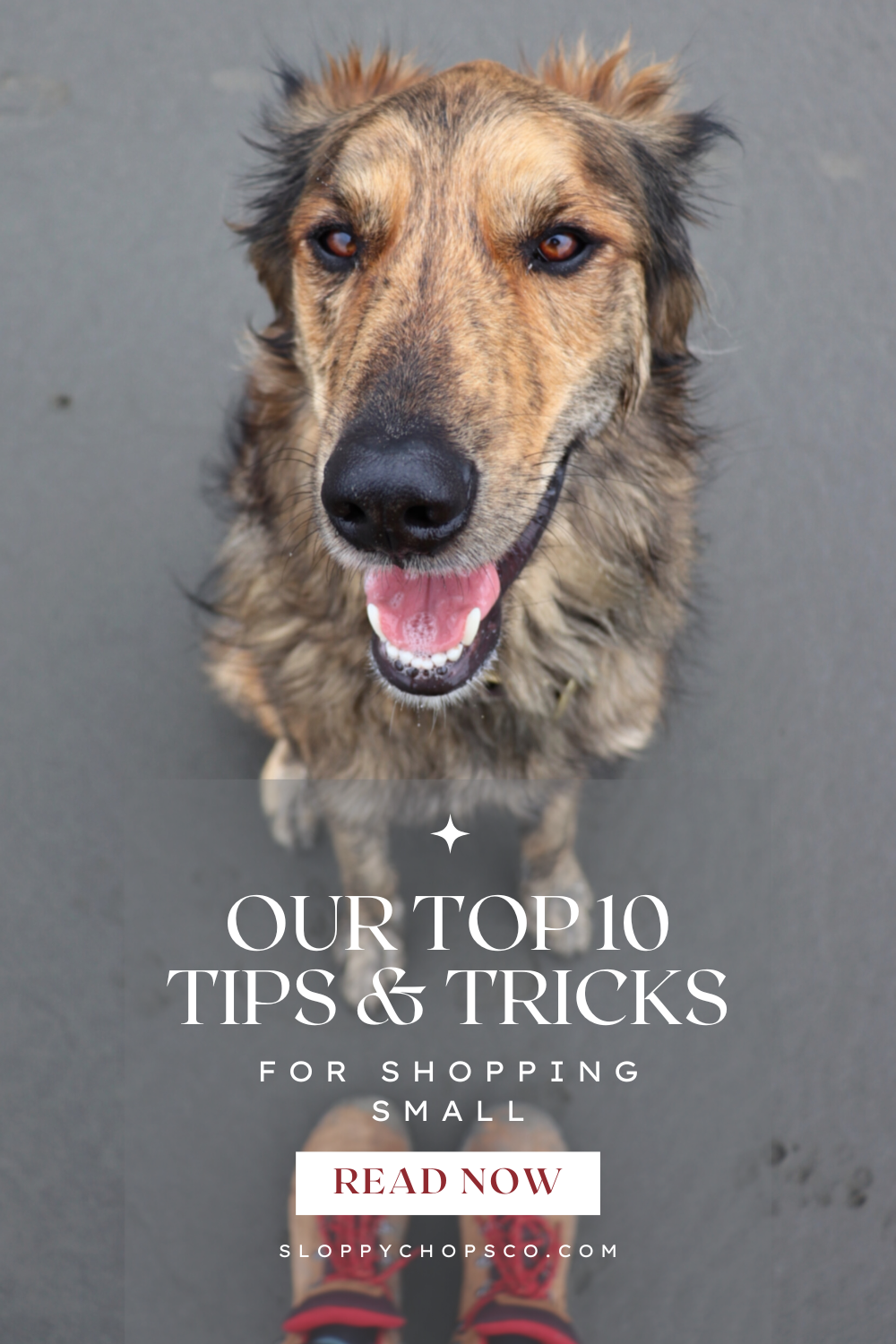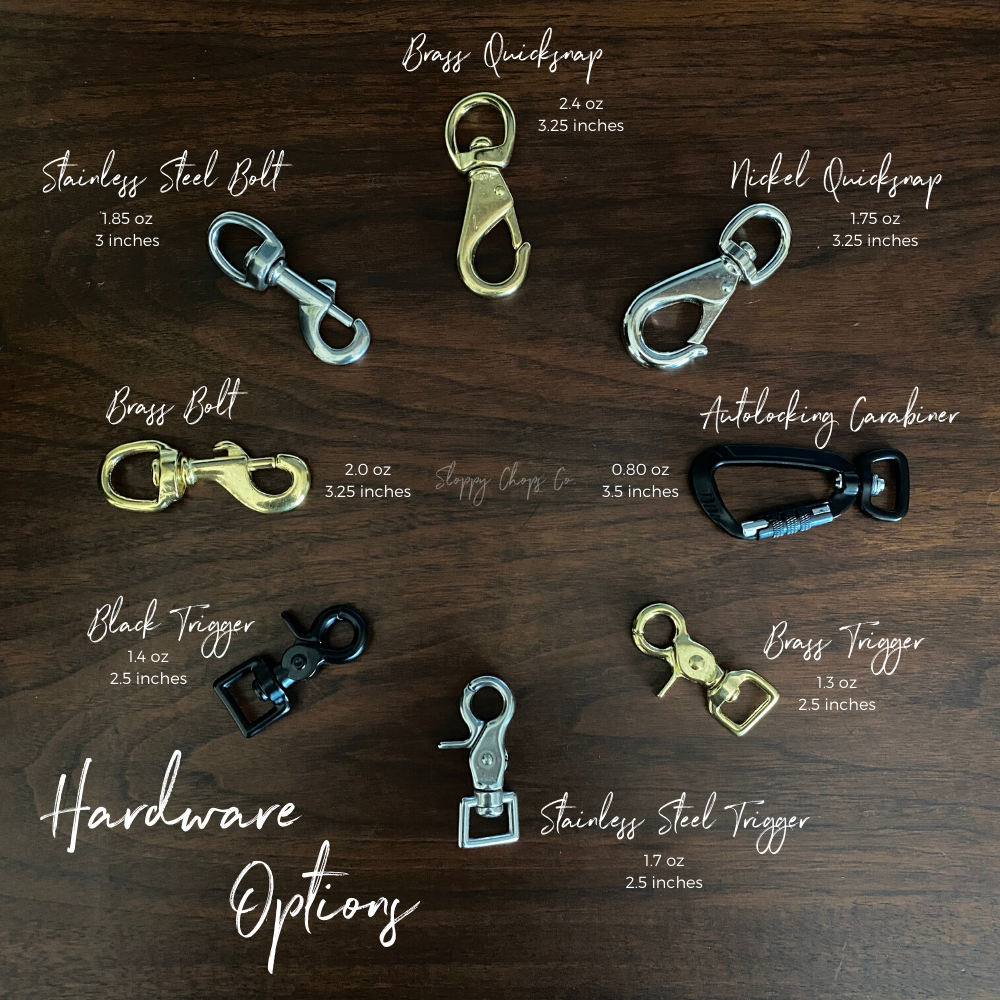How To Advocate For Your Dog

“Don’t worry! He’s friendly!” If you have a dog, you have most likely heard that phrase (or a variation of that phrase) yelled to you on more than one occasion, usually from a fellow dog owner and usually as their off-leash dog comes barreling towards you and your dog. Situations like these can cause an immediate flood of emotions… dread, panic, anger, fear, while also causing an immediate concern for safety.
So, how can we advocate our dogs in situations we have little to no control over?
HAVE A SCRIPT PREPARED AND KEEP YOUR EMOTIONS IN CHECK!
As mentioned above, these situations cause a rush of negative emotions, which can cloud our judgement or ability to coherently relay what we need. Have a quick script mentally prepared for these occasions. Depending on the amount of time you have, I have found it is best to ask owners nicely (or shout at a distance), ‘Can you please call your dog back? My dog is not friendly!’ Try to avoid using the word ‘recall’, as not everyone knows what that means! Even if your dog is friendly, stating that they are not can create a bit of urgency on the other person’s end because now they think their dog is running towards danger. If I see an off-leash dog up ahead and I have no choice but to pass, I politely shout ahead to them that my dog needs space and ask to ensure their dog will not approach us.
CREATE SPACE!
As you are asking someone to call their dog back, you should start to create as much space as possible between your dog and their dog. Ideally, you don’t start running away with your dog, as this can cause the other dog to start moving faster to get to you. You can even teach your dog a command that tells them to stand behind you for situations like this.
CARRY TOOLS!
Carry some sort of deterrent with you while out walking your dogs. The most common tool owners carry is a Pet Corrector, which is a can of compressed air that makes a loud sound to scare off the approaching dog. It’s cheap and easy to use, but has a few cons. This tool can cause a fear reaction from your dog, causing them to try and escape their leash. Two, if the approaching dog has poor intent (and is not just an enthusiastic off-leash dog), there is a good chance a Pet Corrector will not stop them. Pepper spray is another great tool that that is relatively cheap and easy to use, but also comes with a set of negatives, as you and your dog can be exposed to secondhand spray. Pepper gel has a more direct flow. Tools like pepper spray/gel should be researched and used responsibly, as they cause more harm than a noise deterrent. If you carry treats on your walks for your dog, grab a handful and throw them at the dog. Again, for social dogs that are off-leash and just excited to greet you, this can be a good deterrent.
DON’T WASTE YOUR TIME EDUCATING OTHERS!
The negative event of being rushed by an off-leash dog may make you want to exchange some choice words or stay and educate the other dog handler. Unpopular opinion ahead! Those who have their dogs off-leash in areas they should not without having voice control are usually not interested in hearing or learning why this is dangerous. Although this may be an unpopular opinion, it is not your job to educate them. No one who is in the wrong wants to sit around and be told how and why they are wrong. This will usually put them on the defense, which can escalate to some sort of altercation. I have never encountered a receptive dog owner in times like these. So what do I do? I walk away and go about my day. If your dog is reactive and had a poor reaction to the situation, find a quiet spot to let them decompress or just head home.
** This only applies if the other dog has not done any physical damage to your dog.
THE OFF-LEASH DOG MADE CONTACT WITH YOU. NOW WHAT?
For starters, it is important to know that true dog fights are fairly quiet. If that dog has poor intentions, once they reach you, they will spend their energy trying to make contact with your dog; they will not put their energy into vocalizing. Why is this important? Barking and growling can be a sign from dogs that they want the other dog to back down before jumping straight into a fight. This gives you some extra time. Use what you can in those moments (tools mentioned above) and do your best to keep you and your dog safe. If the other dog has truly latched onto your dog, the only way to get them off is to cut off their air circulation using a slip lead method. Pulling, hitting, or kicking the other dog when they have a hold of your dog will only send them into further drive.
When you are faced with off-leash dogs, it is crucial to be prepared. You may only have mere seconds to make a decision, so thinking these situations through ahead of time can give you a clear head to respond in time to keep everyone safe.
Chelsea Calabria



Comments